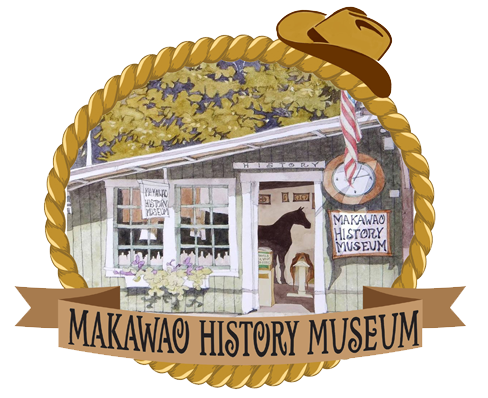The Strange History of POGS
During the early ’90s, Pogs were all the rage. These round, brightly colored, cardboard caps were in every kid’s back pocket, ready to be thrown down at a moment’s notice. Few people realize that the game itself originated in Hawaii, brought to full revival by a local school teacher.
The game is attributed to the classic Japanese game of Menko, a game played with paper cards and pieces. Players would attempt to flip their opponent’s cards over. When Japanese immigrants settled in Hawaii in the early 1900s, children adapted the game pieces to round milk bottle caps and the evolution of Menko into Pogs began.
In the early ’90s, Blossom Galbiso, a teacher and counselor at an elementary school in Oahu, re-introduced the game to her students and used it as a tool to learn math. Galbiso and her students hunted for proper materials for their game and liked the classic milk bottle caps used by Haleakala Dairy on Maui. The tops were round, flat and made out of cardboard. About that same time, a fruit drink called POG was very popular in Hawaii, and the Dairy began distributing POG milk bottle caps to promote its fruit drink. POG is made from passion fruit, orange and guava juices. The game spread so rapidly around the islands, that the packing company for the milk bottle caps was asked if they could make extras!
The Makawao History Museum is bringing back the nostalgic POGs thanks to a kind donation of Kitada’s POGS that were donated to the Museum in honor of our new Kitada’s Kau Kau Korner exhibit. Donations of vintage POGs and Haleakala milk caps were also donated soon after and are now available for purchase at the Museum. We hope you’ll stop by and pick up your own little piece of this Hawaiian evolved game.

